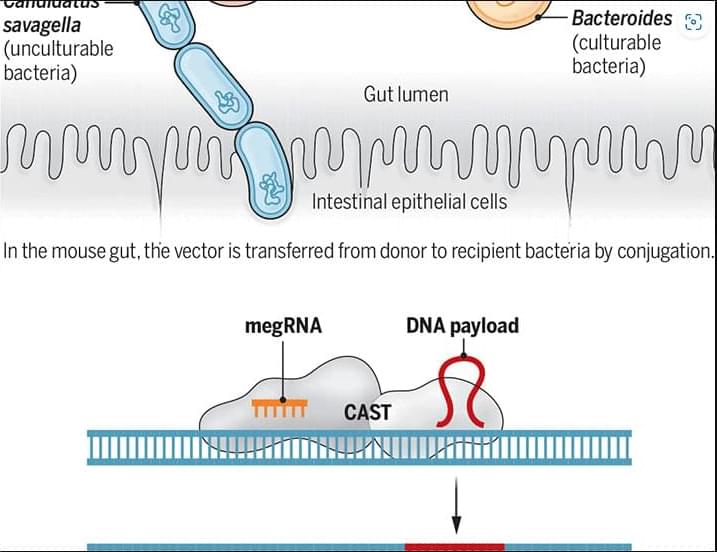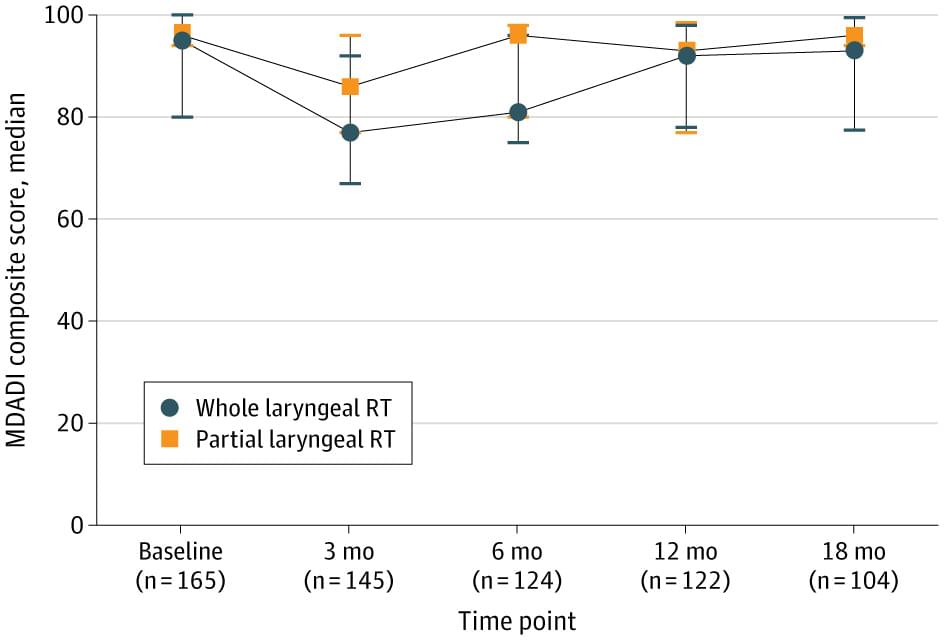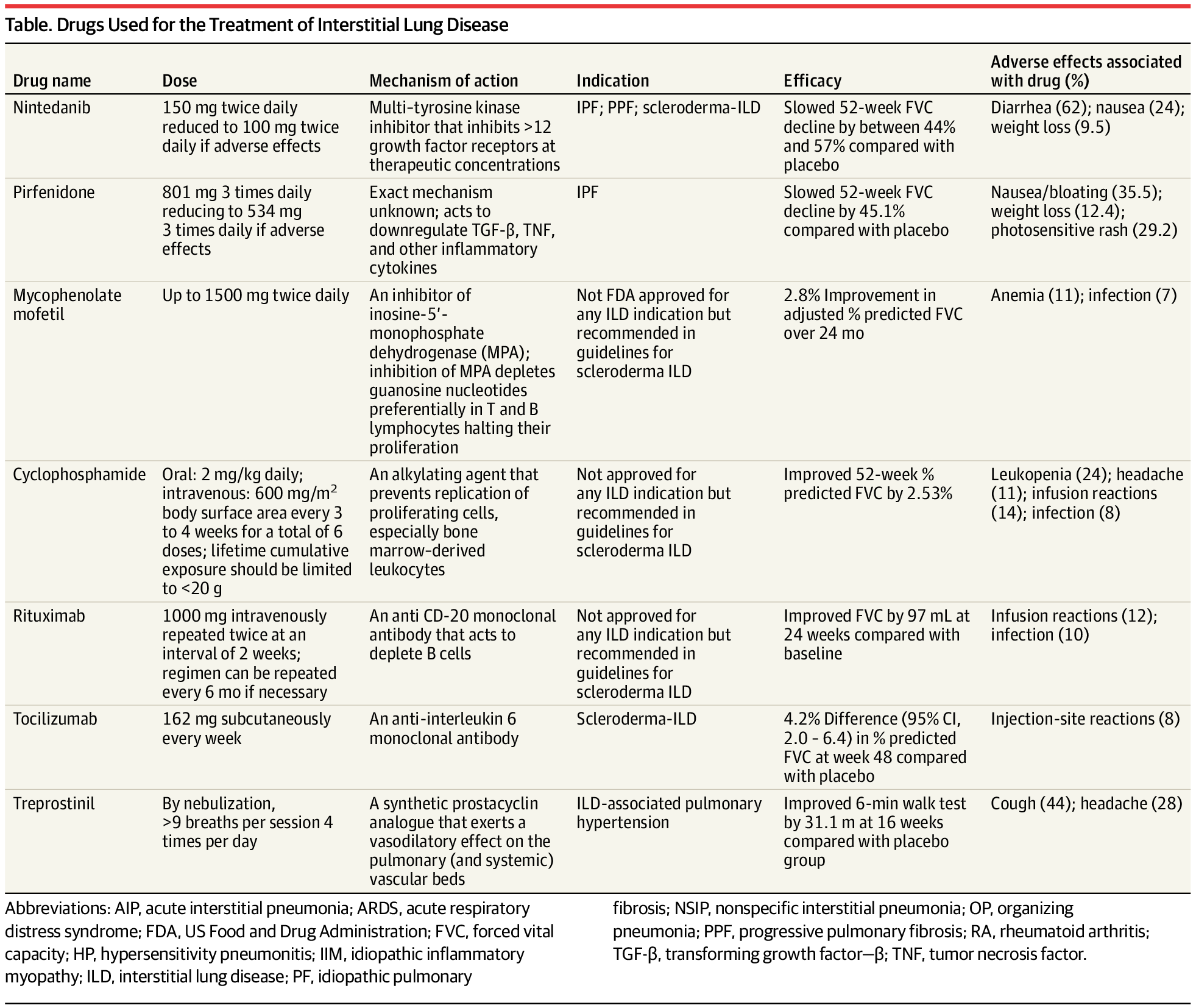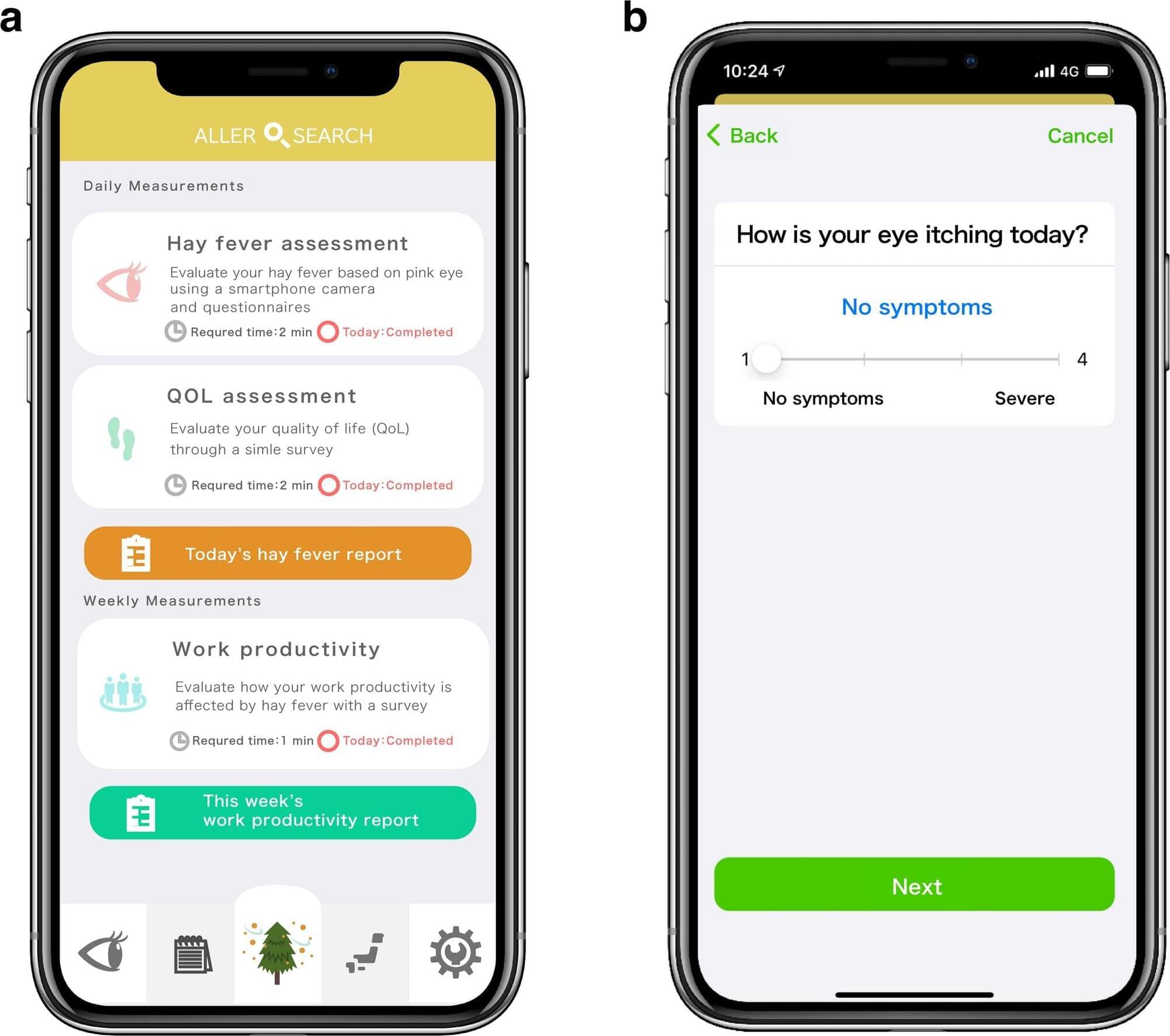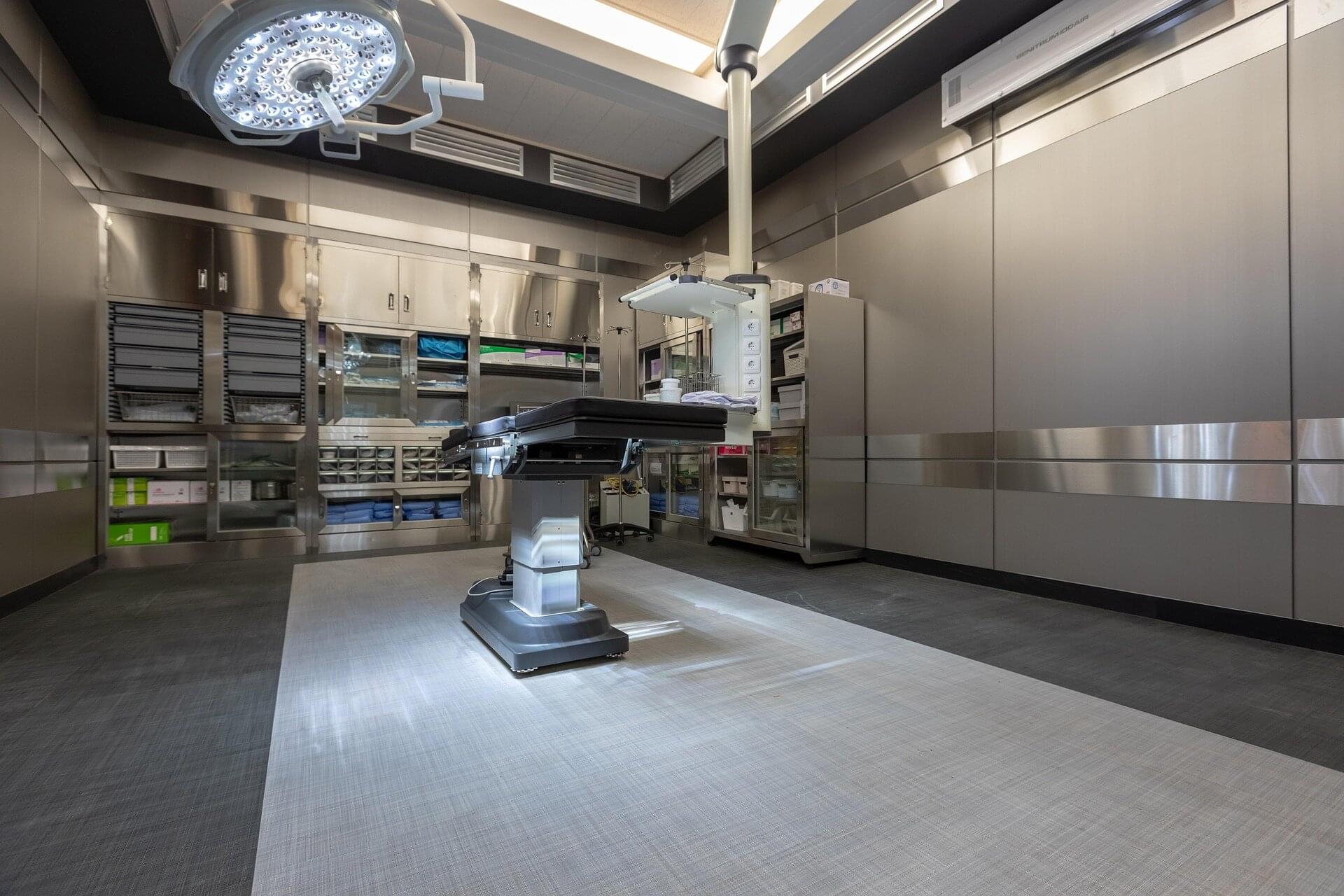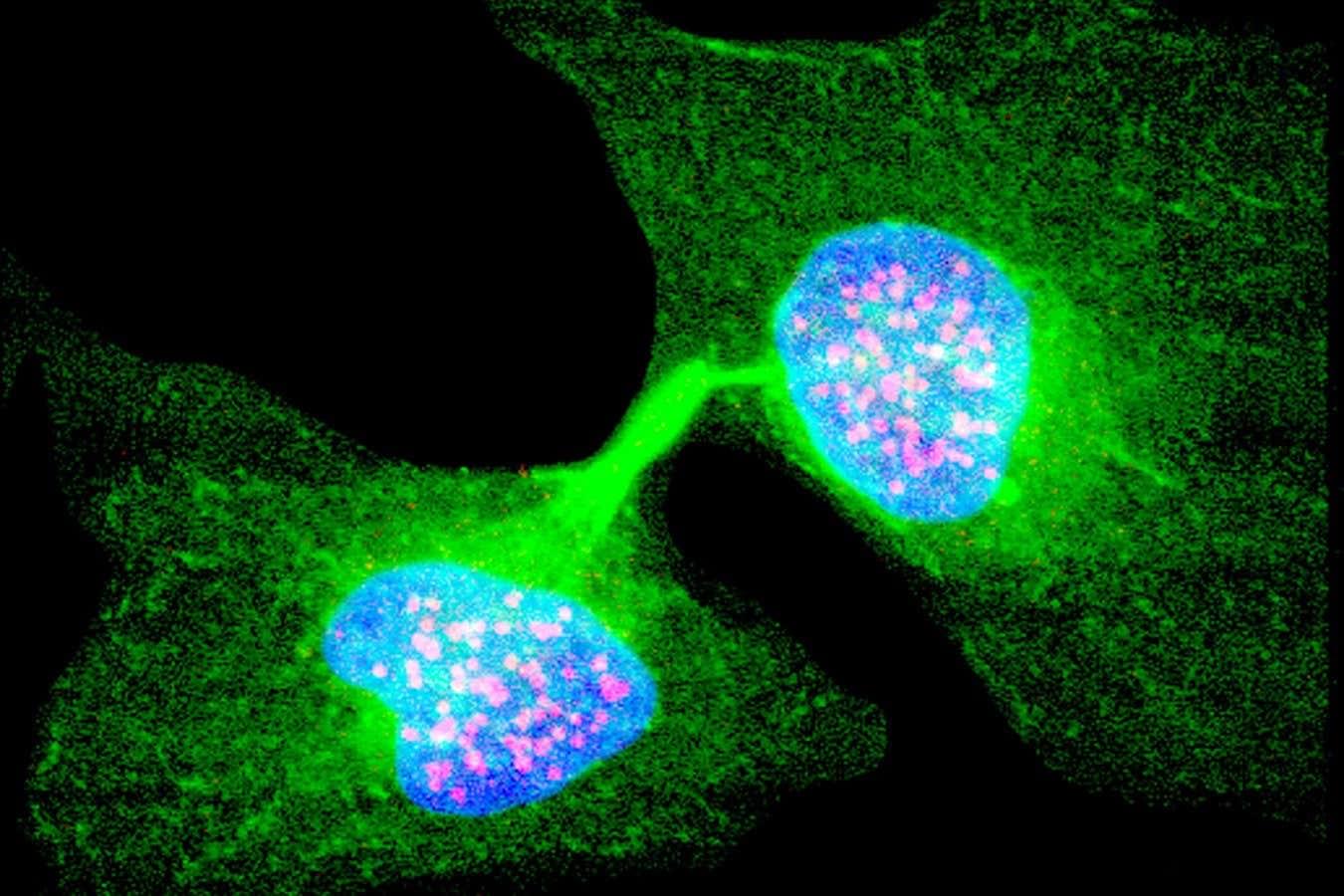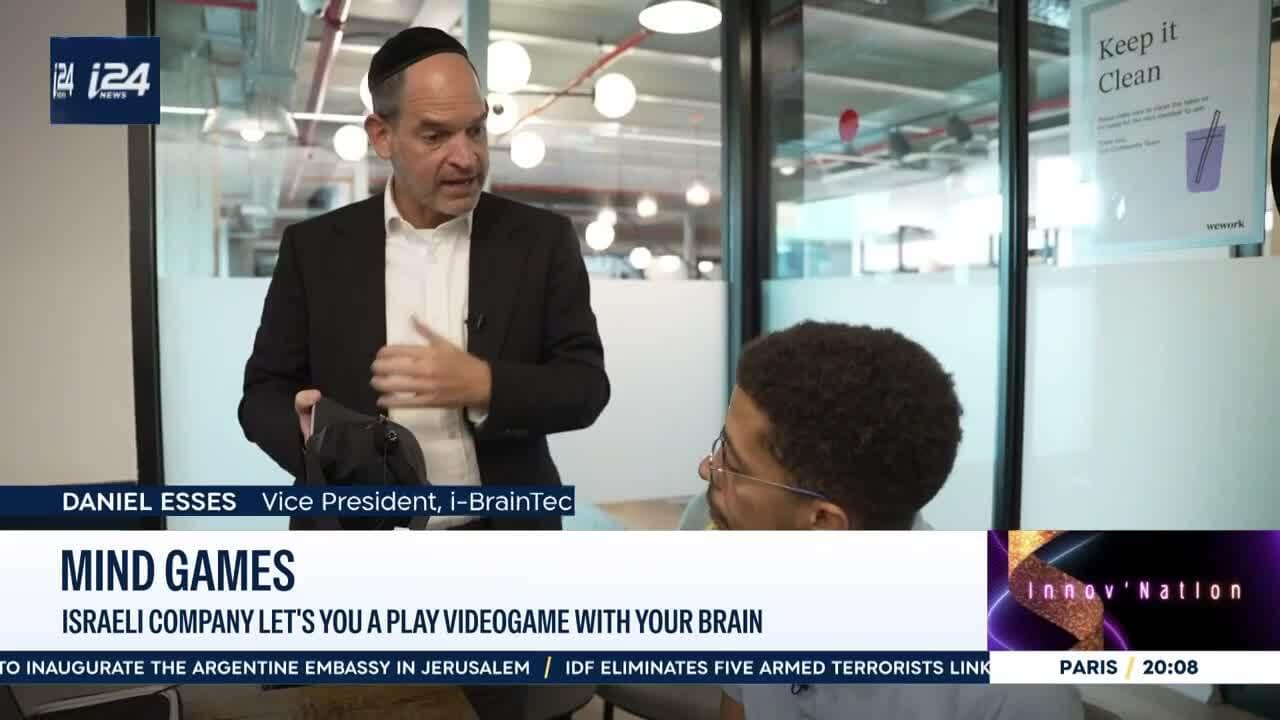Lymphopenia represents a critical, widely unaddressed problem. Modern oncology regularly intervenes to reverse anemia or neutropenia, because decades of investment created drugs capable of restoring those cell populations. But when the lymphocyte compartment collapses, physicians have had no approved way to rebuild it. As a result, the most important immunologic marker in cancer care has remained largely unacted upon. The decline of the body’s cancer-killing lymphocytes has been observed, documented, and then largely ignored. Oncology is entering a new phase. The field is beginning to recognize that defeating cancer is not merely about targeting malignant cells; it is about ensuring that the immune system remains intact enough to participate in that fight…
…Once the lymphocyte compartment collapses, no drug can compensate.
The warning has been visible for decades, printed in plain text on every CBC panel run for every cancer patient in the country. If clinicians measure it, if regulators recognize it, and if the system supports restoring it, patient survival can change at scale.
Patrick Soon-Shiong, Chairman of Chan Soon-Shiong Family Foundation, Executive Chairman at ImmunityBio, and Executive Chairman of the Los Angeles Times, shared a post on X:
Every cancer patient undergoes a complete blood count. Within that routine report is a measurement that almost never makes its way into clinical conversations, yet it carries independent prognostic weight that often exceeds imaging, molecular markers, or tumor stage. That measurement is the absolute lymphocyte count, the readout of the circulating natural killer cells and T cells responsible for controlling malignant growth. When that number drops below 1,000 cells per microliter, the body enters a state of immune failure known as lymphopenia. In that state, the cellular machinery required to restrain cancer is no longer available.
